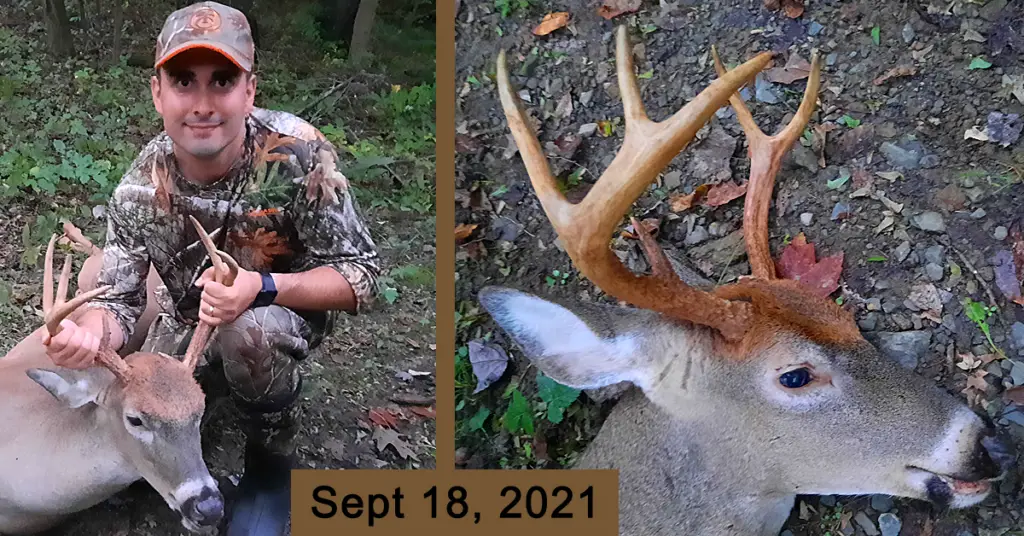There are 3 main reasons why you want to have more than a single deer hunting spot. On this episode I talk about the factors that motivate whitetail hunters to have multiple hunting locations be them tree stands, ground blinds, or any number of simple no cost setups so you can find the right number of spots for you and how you hunt.
Of course you only NEED 1 spot to take deer, but having multiple spots can increase your chances of success and your ability to hunt when it is convenient for you to be in the woods.
Major Factors For Multiple Deer Spots
- Different winds. Few to no stands can be used for all winds. It is ideal to have a hunting spot for each major wind direction that you typically see in your area.
- Shifts In deer behavior. Some locations are good one year and not the next, or are good one week and not the next. Having options helps you when a spot goes cold.
- How much you plan to hunt. Hunting pressure has a huge impact on deer habits, and the more you hunt a specific spot in a short amount of time, the more you will effect deer patterns and movement.
Listen to the episode to help determine out how many spots you need for your hunting style and situation.

